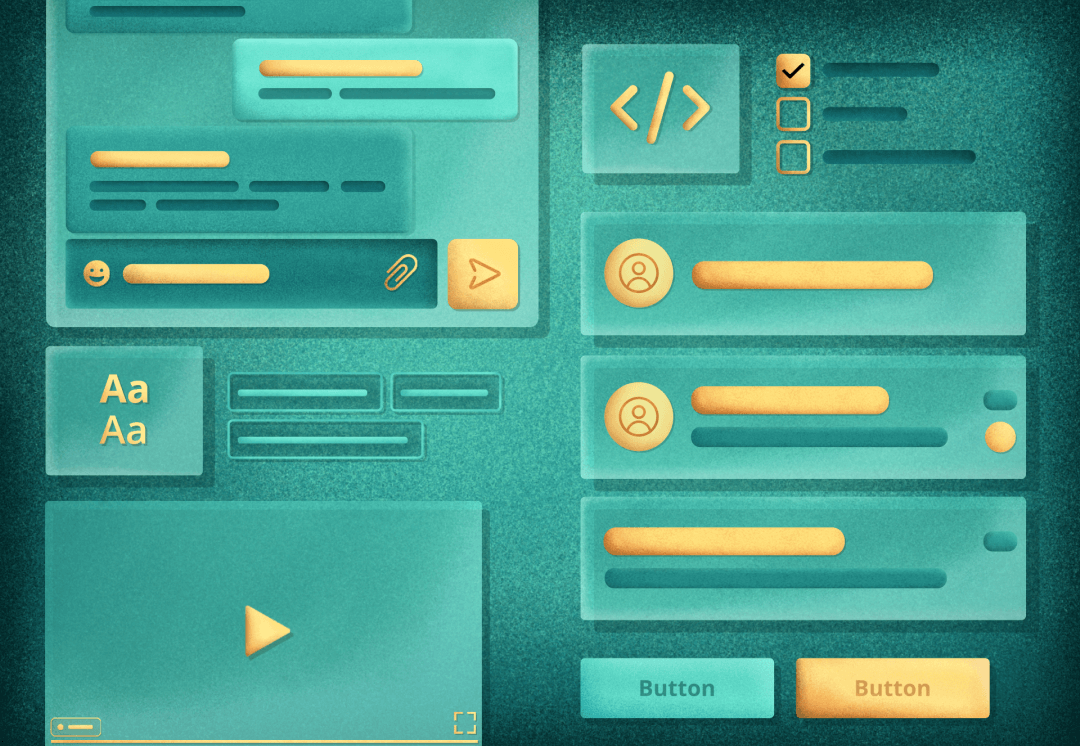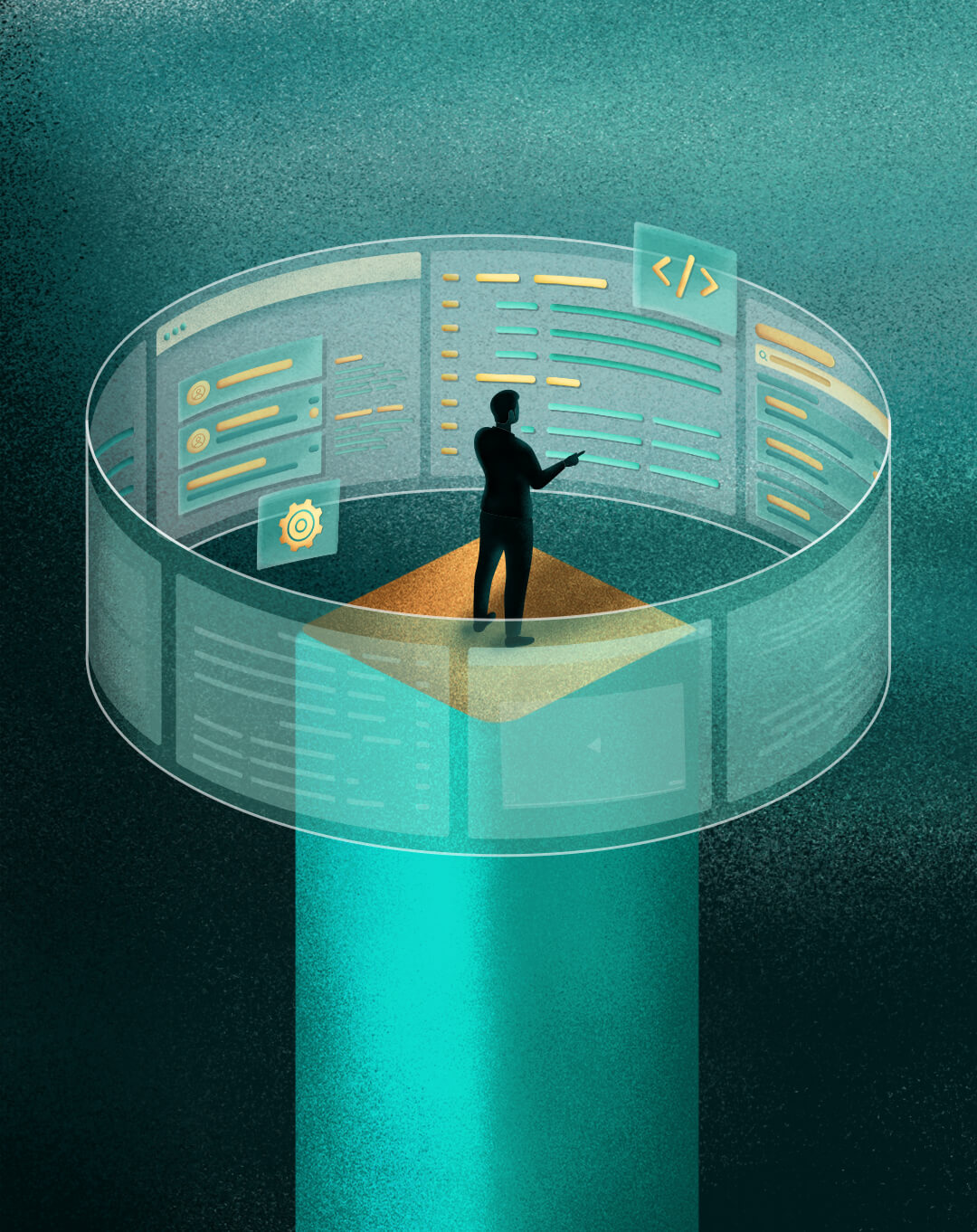Trust, value and the price illusion

01 INTRO
In the world of software, there’s a simple truth: you get what you pay for.
Let’s say you’re buying an iPhone. Would you go for a cheaper version that constantly crashes? Do you pay a fortune for features you’ll never use? Of course not! You want that sweet spot where innovation meets value.
02 THE RIGHT PRICE
1. Overpaying: the hidden cost of uncertainty
When you go for a fixed-price project, you’re paying more than you might realize. Why? Because software development is a journey, not a straight line. It’s nearly impossible to nail down precise estimates.
As a defense mechanism, software companies add a buffer, a price cushion, to protect themselves. This isn’t malice; it’s survival. But the outcome is clear: you end up shouldering the uncertainty, paying more than necessary.
2. Underpaying: a false economy
Let’s imagine the following scenario: your software partner underestimates the development process, which is more common than you might think. Now, if they don’t incorporate enough buffer in their pricing, you might initially think you’ve struck gold. You’re getting more than what you paid for, right? After all, they will undoubtedly aim to fulfill their commitment, even if it means operating at a loss.
Take a moment to stop and think. Is this really a win?
In a market where excellence comes at a premium, your partner’s ability to recruit the best in the business is directly tied to their financial health. If they’re constantly hemorrhaging money, they won’t be able to attract or retain top-tier talent. The result? A decline in the quality of software delivered to you. As their resources shrink and their talent pool evaporates, they’re on a one-way path to going out of business.
And here’s the kicker: when they go under, you’re left holding the bag. Without them, who will ensure your software continues to run smoothly, adapt to new challenges, or even fix the inevitable bugs?
Essentially, while it may feel like a short-term win, underpaying is a long-term gamble. And in this game, it’s not just your partner who stands to lose. It’s you as well.
3. The perfect balance: value for every penny
This isn’t just a pricing model; it’s a relationship built on trust. Every hour, every effort is transparent. It fosters mutual respect and aligns interests.
Developers strive to deliver the best, knowing they’re fairly compensated, and you get top-tier software without the hidden costs.
03 CONCLUSION
The trust issue
Many gravitate towards fixed-price projects, even if they cost more. Why?
It boils down to trust. Clients often worry: “What if the software company doesn’t deliver on time or budget?” And it is a valid concern. But, as in any business you have to trust your chosen partner. If there’s no trust, no project – no matter how structured – will succeed.
But if the trust is there, everyone’s goal becomes to deliver maximum value for every dollar – not a penny more, not a cent less.
In the end, it’s simple. In software development, as in life, trust isn’t just an emotion – it’s an investment.
When trust is the foundation, everything else falls into place.

Subscribe to EnterWelt
All the advice you get while working with us. Now available in your inbox once per quarter.


